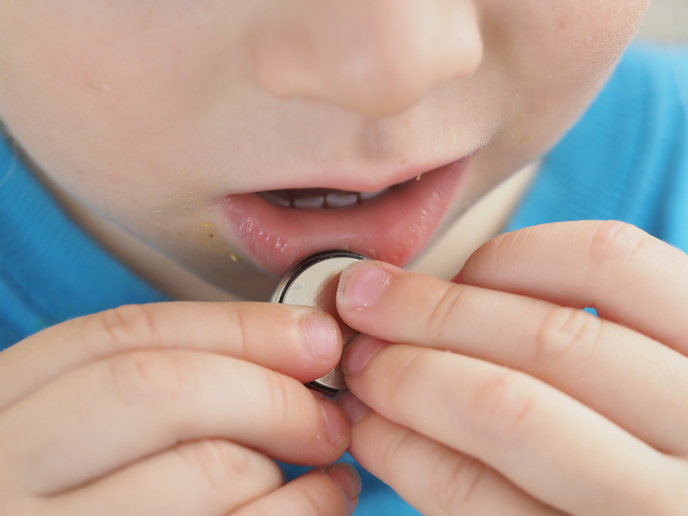Introducing the first-ever edible battery
The health risk posed by accidentally swallowed batteries could soon be a thing of the past thanks to a new battery developed by researchers from the Istituto Italiano di Tecnologia (IIT). In addition to minimising the dangers of child battery ingestion, the totally edible and rechargeable battery also opens the way for applications in health diagnostics, food quality monitoring and edible soft robotics. Included in TIME’s list for the 200 best inventions of 2023, the proof of concept battery cell is described in a paper published in the journal ‘Advanced Materials’, and it is the result of research carried out with partial support from the ELFO project funded by the European Research Council (ERC). “Two main ways a battery damages human tissue when it’s inside the body is by doing water electrolysis and by the toxicity of its materials,” explains study first author IIT postdoctoral researcher Dr Ivan K. Ilic in a news item posted on the ‘Ars Technica’ website. “Water electrolysis is a phenomenon where electricity with a voltage higher than 1.2 V (virtually all commercial batteries) breaks water into oxygen and hydrogen (an explosive gas), and it is very dangerous if it occurs in the stomach. Our battery is way below this voltage, around 0.65 V, so water electrolysis cannot occur. On the other hand, we used only food materials, so nothing is toxic!” To make the edible battery, the IIT team was inspired by the biochemical redox reactions that occur in all living beings. The ingredients used to make the battery work were common grocery store items: riboflavin (vitamin B2, found in almonds) served as the battery anode, while quercetin (food supplement found in capers) made up the cathode. Nori – seaweed used to wrap sushi rolls – served as the separator, which every battery needs to avoid short circuits. A water-based solution (aqueous NaHSO4, found in toilet bowl cleaners and dishwasher cleaning products) served as the electrolyte, and activated charcoal, an over-the-counter medication commonly used to treat poisoning, increased the battery’s electrical conductivity. Last but not least, the electrodes were covered in beeswax and connected to a gold foil (the kind used by pastry chefs) that laminated a supporting structure made of ethyl cellulose.
A scalable battery
Dr Ilic explains the energy flow in the battery: “During charging the electrons migrate from quercetin to riboflavin. When we use the battery, the opposite occurs. Therefore we can power devices. Indeed, our innovation is scalable, and if you want to double the energy of the battery, you just need to double the surface of the electrodes!” The battery operates at 0.65 V and, as reported in an IIT news item, sustains a current of 48 microamps for 12 minutes, or fewer microamps for over an hour. This is enough to power small electronic devices such as low-power light-emitting diodes for a small period of time. Dr Ilic notes in the ‘Ars Technica’ news item: “These batteries are no competition to ordinary batteries—they will not power electric cars—but they are meant to power edible electronics and maybe some other niche applications, so their main advantage is non-toxicity.” ELFO project coordinator Dr Mario Caironi was also the recipient of an earlier ERC grant for a 5-year project called HEROIC. The ELFO (Electronic Food: enabling edible electronic systems for biomedical and food monitoring applications) project ends in August 2025. For more information, please see: ELFO project website
Keywords
ELFO, battery, rechargeable, electrode, edible electronics



